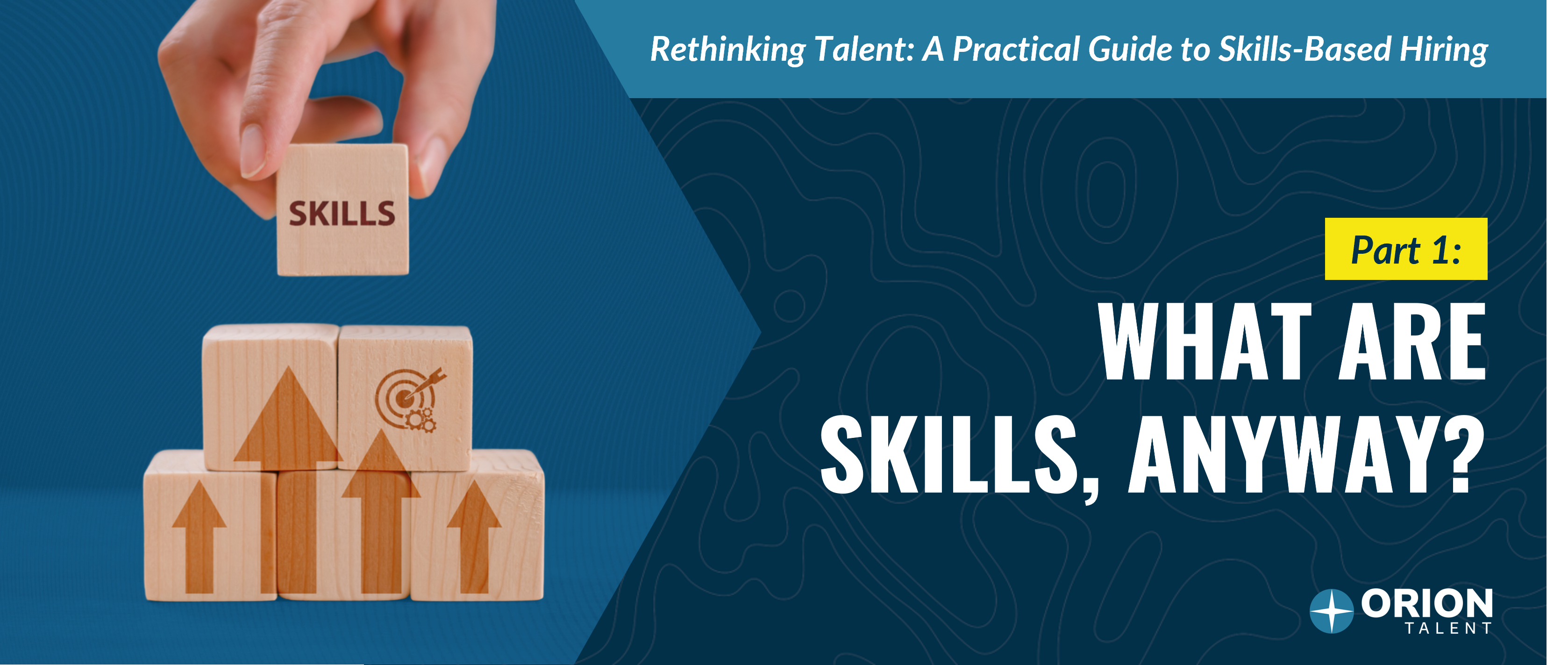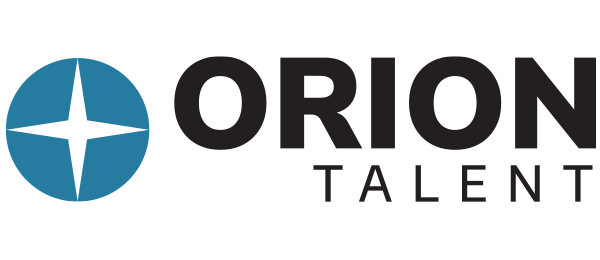The Semiconductor Talent Shortage
The talent shortage is hitting industries across the board hard. The Great Resignation, a lack of technical school graduates, and low unemployment are particularly high hurdles for skilled manufacturing companies such as those in the semiconductor industry. To meet the capacity needs for only critical semiconductor applications, the U.S. needs to add about 5.5 percent of the global production. Rising to this challenge requires the U.S. to increase its workforce by about 50%. This is especially difficult at a time when semiconductor companies are competing with companies across the tech landscape for top STEM talent.
The Semiconductor Talent Shortage: Chip Companies Are Struggling to Find Good Candidates
In our article, The Future of the Semiconductor Industry, we discuss the jaw-dropping need to increase the American semiconductor workforce by 50% just to power only critical semiconductor applications. This translates to about 18 to 20 fabs and about 70-90,000 total fab jobs, including Preventative Maintenance (PM) Technician, Technical Specialist, and Field Service Engineer.
The Global Chip Shortage & The Push for US Manufacturing
The semiconductor shortage extends beyond talent and to the chips themselves. With COVID-19 came a quick contraction of the market and ongoing supply chain disruptions followed by a re-expansion that the industry could not support. Technologies like AI, 5G, the IoT, EV, and cloud services promise to increase the shortage without the talent pool to increase production.
The federal government is taking action through various pieces of legislation, including the Bi-Partisan Infrastructure Bill, the National Defense Authorization Act (NDAA), including CHIPS for America Act, and the America COMPETES Act, all of which are aimed, at least in part, at supplying critical applications and the recruiting efforts needed to staff these fabs. You can learn more about each of these pieces of legislation here.
Military Veterans: An Untapped Source of Talent for the Semiconductor Industry
Hiring Veterans for the Semiconductor Industry
Orion Talent CEO Sarah Peiker recently explained to HRO Today, “Organizations reap numerous benefits when they hire military talent. Vets are highly qualified and bring extensive training, technical skills, and life experience to the table. They’re problem solvers who thrive in challenging and stressful situations. And the diverse range of backgrounds and experiences veterans bring to the table offer countless benefits to the workplace. This is exactly what employers need in today’s competitive hiring climate and present an ideal solution to labor shortages.”
Companies like Lam, Qorvo, and Samsung, to name a few in the semiconductor industry, have discovered this potential. Veterans’ aptitude is such that smart businesses are leveraging a two-pronged approach to their hiring - recruiting military technical talent today and building bench strength by upskilling military talent for tomorrow.
Open Your Fab Today
Veterans with military occupations like Electronics Repair, Nuclear Machinist Mate, Nuclear Electronics Technician, or Low Voltage Electrician’s Mate, among many others, possess state-of-the-art technical training in electronic, mechanical, and electrical systems, as well as proven leadership skills, making them an excellent fit for the industry. Unaffected by NDAs and non-competes, veterans can hit the fab floor running and make an immediate impact on your operations.
Chris Casanave, Director of Recruiting Operations, is a veteran and industry expert here at Orion. She explains, “Military Veterans excel in high tech manufacturing environments. They possess great attention to detail, are highly disciplined, know how to follow standard operating procedures, and operate well in fast-paced environments - all which are vital in semiconductor manufacturing. They are used to thinking quickly on their feet and troubleshooting issues, often in high-pressure situations. Other benefits semiconductor companies experience when hiring veterans is that many of them love the compressed work week common in the industry. Military veterans are accustomed to working in 24-hour operating environments, so it is a natural transition.”
Fill Your Pipeline for Tomorrow
While not all veterans are trained in semiconductor-transferable skills in the military (i.e. Combat Arms), they are prime candidates for upskilling. Department of Defense SkillBridge is a program that offers skills training and internships. According to the Department of Defense, “Each year approximately 200,000 members of the U.S. Armed Forces, stationed in over 140 military installations in the U.S. and overseas, will leave active duty and re-enter the civilian workforce or pursue higher education.” SkillBridge is a unique opportunity for employers to access these men and women while meeting their specific workforce needs through veteran upskilling. Additionally, there is no cost to the program, because the service member’s salary is paid for up to 180 days.
This program is a win-win. Employers provide transitioning service members with workplace-relevant knowledge and the advanced skills necessary to best perform the job, gaining a competitive edge despite the growing skills gap. Veterans gain valuable civilian job experience and a pathway to a career, all while still in the military.
As with many government programs, there is a learning curve to successfully utilize SkillBridge. With more than 1300+ programs listed on DoD website, some companies looking to stand out from the crowd and eliminate many common challenges like time and manpower may prefer to partner with consulting firms that can bridge this gap such as HireSkills™ Consulting from Orion Talent.
HireSkills enables employers to leverage workforce partnership SMEs who will collaborate through every step of the process to create a training and onboarding program that meets Department of Defense requirements to become an Authorized SkillBridge Provider. By taking much of the administration and planning burden off clients, these types of partnerships provide time and cost savings.
“The workforce simply does not have enough workers and skilled candidates to fill the existing and projected semiconductor job openings. In order to address the skills gap, employers need a nationwide talent solution to recruit from nontraditional labor pools,” advises Laura Schmiegel, SVP, Strategic Partnerships, Orion Talent, “Demand for continued innovation requires semiconductor companies to think outside the box. Military veterans are looking for careers and have a proven retention record when paired with an excellent preparation program, making military hiring an excellent option.”
Many veteran-upskilling programs are anecdotally seeing retention rates between 70% - 90%. A proud participant in SkillBridge since 2021, Orion Talent is experiencing a 100% retention rate at one year.
Time is of the Essence
The word is out. Hiring veterans is the right choice. But this makes recruiting these talented men and women much more competitive as industries from pharma to manufacturing to energy realize their value. Accessing this military talent before they hit the market, either for jobs available today or to build bench strength, enables semiconductor companies to close the skills gap and begin the process of reshoring and revitalizing the industry.
Archives
- January 2026
- December 2025
- November 2025
- October 2025
- September 2025
- August 2025
- July 2025
- June 2025
- May 2025
- April 2025
- March 2025
- February 2025
- October 2024
- May 2024
- March 2024
- February 2024
- January 2024
- December 2023
- November 2023
- October 2023
- September 2023
- August 2023
- July 2023
- June 2023
- May 2023
- April 2023
- March 2023
- February 2023
- January 2023
- December 2022
- November 2022
- October 2022
- September 2022
- August 2022
- July 2022
- June 2022
- May 2022
- April 2022
- March 2022
- February 2022
- January 2022
- December 2021
- November 2021
- October 2021
- September 2021
- August 2021
- July 2021
- June 2021
- May 2021
- April 2021
- March 2021
- February 2021
- January 2021
- December 2020
- November 2020
- October 2020
- September 2020
- August 2020
- July 2020
- June 2020
- May 2020
- April 2020
- March 2020
- February 2020
- January 2020
- December 2019
- November 2019
- October 2019
- September 2019
- August 2019
- July 2019
- June 2019
- May 2019
- April 2019
- March 2019
- February 2019
- January 2019
- December 2018
- November 2018
- October 2018
- September 2018
- August 2018
- July 2018
- June 2018
- May 2018
- April 2018
- March 2018
- February 2018
- January 2018
- December 2017
- November 2017
- October 2017
- September 2017
- August 2017
- July 2017
- June 2017
- May 2017
- March 2017
- February 2017
- January 2017
 RSS Feed
RSS Feed




















